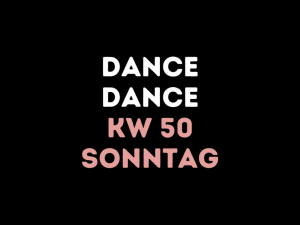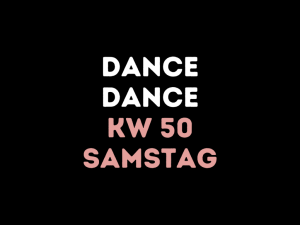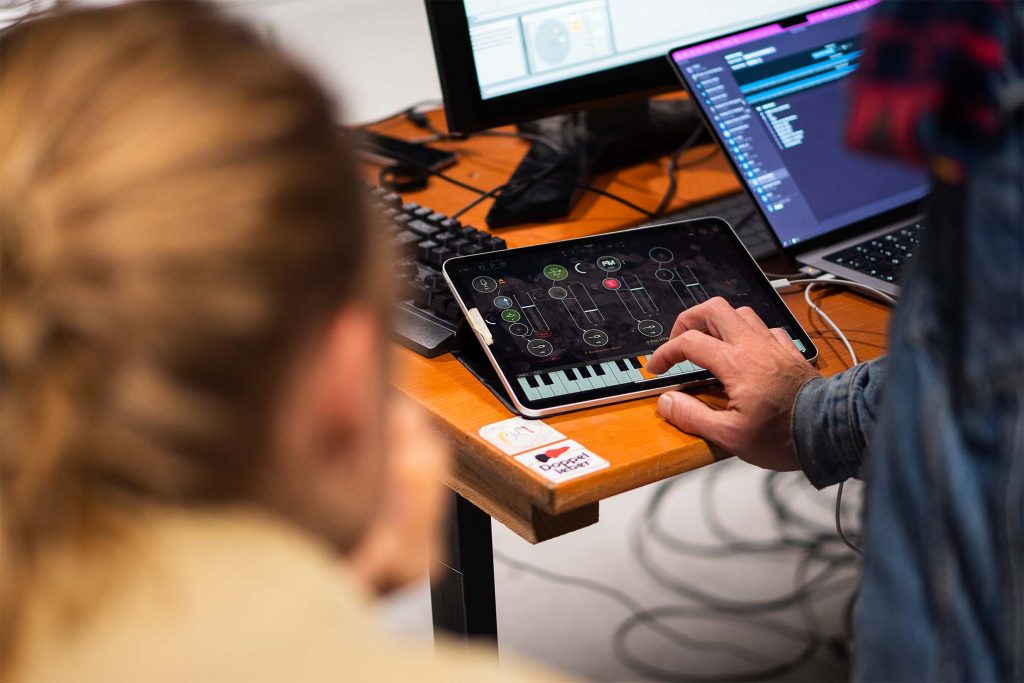
The ZiMMT eV will be an open sound laboratory twice a month this year. Here everyone can experiment with spatial sounds. Our long-time author Christoph took a look at it for us. Here are his impressions.
The center for immersive media art, music and technology, ZiMMT eV for short, has existed since 2020. It sees itself as a “gallery, production site, concert hall, research laboratory and network all in one”, but has only opened its doors to the public since 2021. Numerous events such as sound installations or 3D audio concerts have taken place since then.
The centerpiece is the 3D audio system consisting of 32 loudspeakers, which can be used by artists, musicians and developers in an interdisciplinary manner.
The ZiMMT would also like to impart knowledge about immersive 3D sound to all other interested parties. The open sound laboratory takes place every second Thursday of the month from 5 p.m. to 9 p.m. – the Open Thursdays.
In addition to the event room with the 3D sound dome, the Research Lab and the 3D audio post-production recording studio are also accessible to those interested. Here you can get to know how the localization of sound material in space works. You can use prefabricated material or bring your own material – e.g. B. on USB sticks, external hard drives or laptops.
Two experts from ZiMMT eV give an introduction to the technology used and are available for questions, including one FLINTA person – the association would like to expressly invite FLINTA people to participate. The offer is low-threshold, so that beginners are also welcome. But how does that work in practice?
on-site visit
Since I decided at short notice to take part in the Klanglabor for gladfroh, I drove to Torgauer Strasse without any preparation. When I arrive, the workshop is already in full swing. First, the seven or eight participants are gathered in the recording studio, where Helena and Paul from ZiMMT eV explain the basic principle.
Plug-ins for DAW software such as Ableton Live or Reaper that are specially set up for 3D audio systems are necessary to convert your own stereo or mono audio tracks into a format that makes it possible to arrange the sounds in space. In addition, the audio driver must be adapted to the audio system.
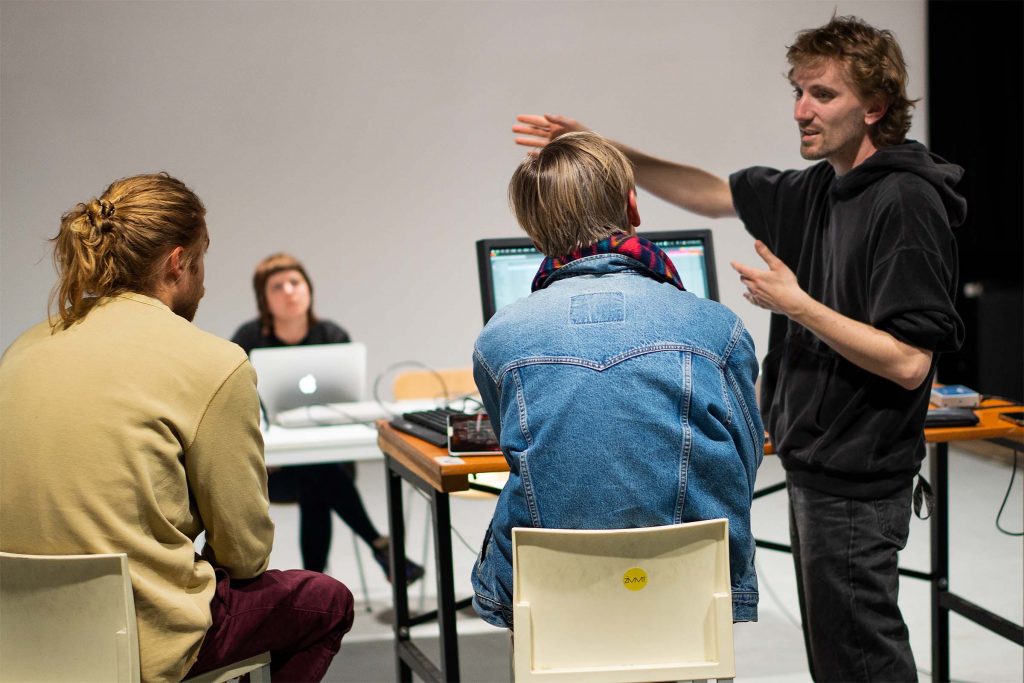
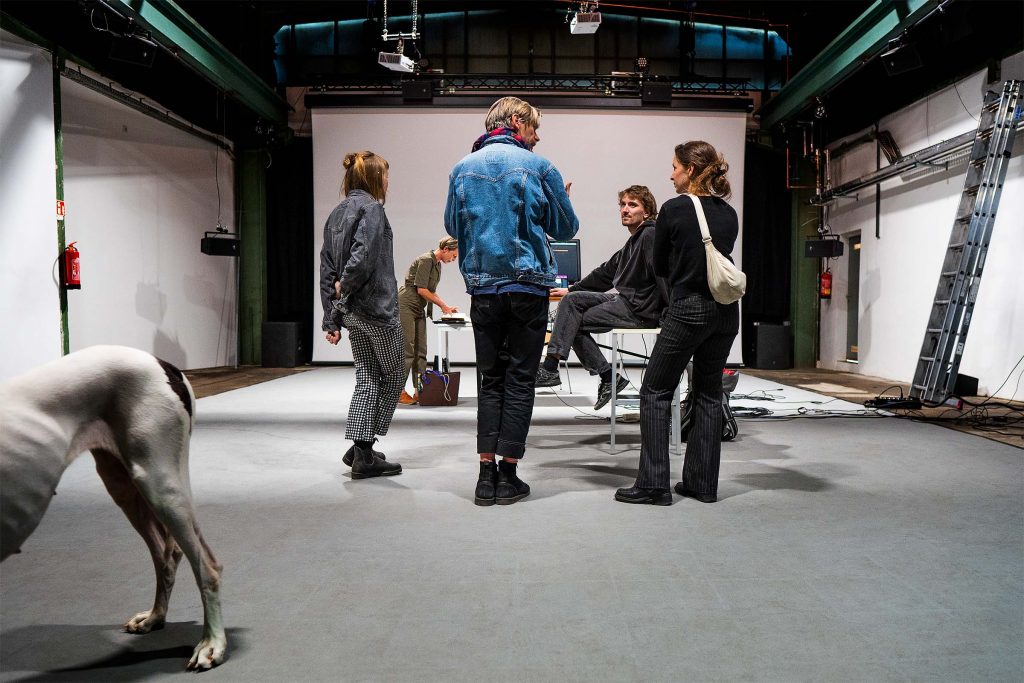
It quickly becomes clear that this setup is the biggest hurdle depending on the DAW used and the operating system. Once the coupling works, you can use various plug-ins in the DAW to arrange and move a selected soundtrack in space. On the one hand, this can be controlled directly via controllers, on the other hand, it can be defined via automation processes. The shifts can also be influenced by an LFO, for example.
The participants will be divided into two groups. While the first group stays in the recording studio to work on concrete projects, I join the second group, which wants to move sounds prepared in the sound dome through the room. Using drum grooves, Paul shows us once again how to use a plug-in with which the drums are specifically located in space using three controls. Gradually you get a feel for how the drums can be played from the center outwards, from top to bottom or even in a circle. A graphic representation is also helpful here, as it displays the coordinates of the three controllers and allows them to be shifted.
One of the participants then loads their own field recordings into Ableton. We hear the recording of a train trying out automation via LFO. After a few attempts, it drives almost once in a circle around us. Later, a beat is quickly built in Ableton, whose bass drum happily wanders around the room. The effect feels clearer here than with the already quite spatial field recordings.
I go back to the recording studio with a few others, where a participant mixes the music he intended for a performance and shows us the result so far. A lot is happening there! At the same time, it is not at all easy to develop an opinion about which elements are already working well and which elements still need further work. In any case, you can clearly feel how much time and work goes into the decision-making process.
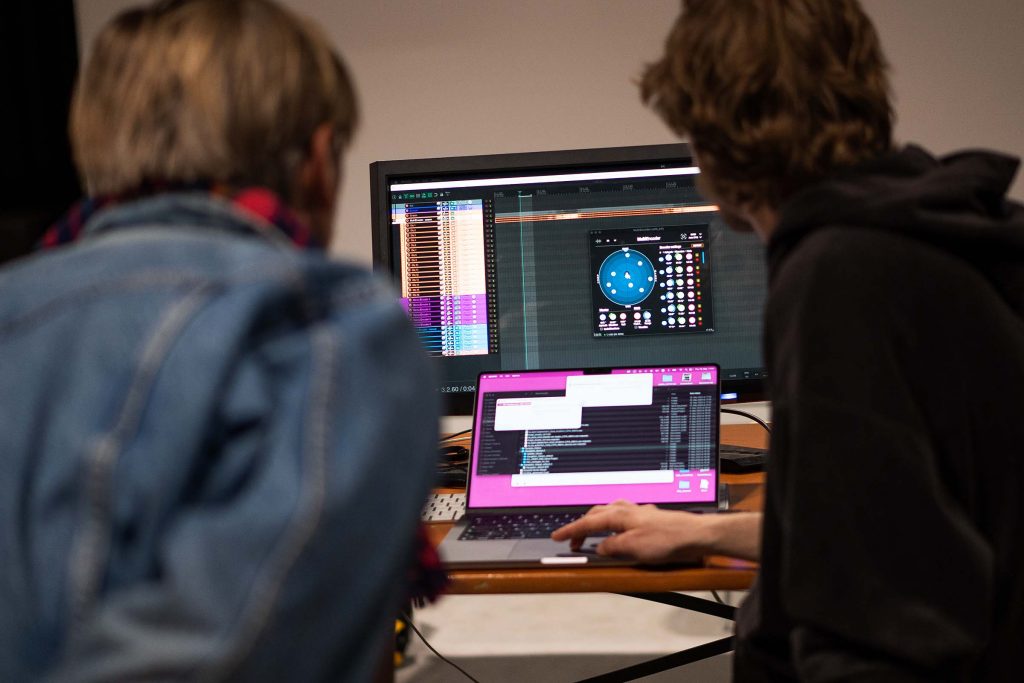
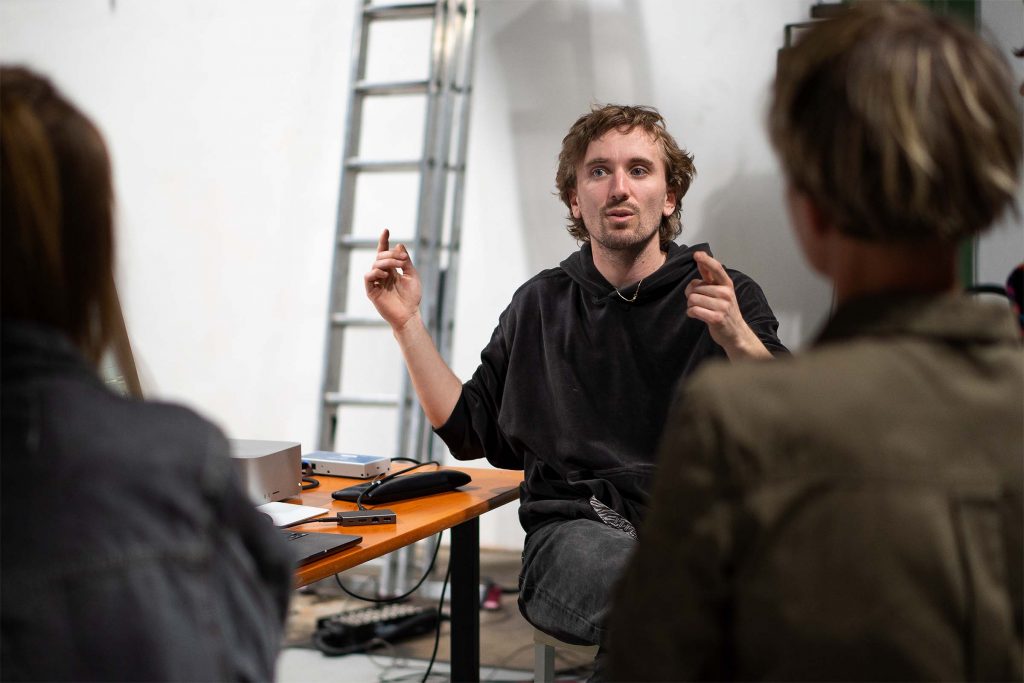
Another participant then connects his laptop to the audio system in the recording studio. After some back and forth with the audio driver, we hear recordings that sound like gunshots and the sounds of war and are again located in space. Also next door in the sound dome, someone lets experimental sounds wander through the room at the same time. And already four hours of testing are over.
Conclusion
Of course, this is a very brief excerpt of the evening. In between there were a lot of conversations between the participants – whether about ideas, what can be tried out with the material, about technical questions, but also about the individual projects of the participants. The two contact persons from ZiMMT eV were always available for questions.
The atmosphere felt very open to me, but also focused and reserved at times, depending on what was happening. All those involved were united by their curiosity about the possibilities that ZiMMT eV offers with its 3D audio system. And I’m sure many will take part in the open sound laboratory more often. This will certainly not be the only visit for me either, because of course I would love to hear my own beats in 3D and where else is there such a direct opportunity?
Anyone who has now acquired a taste and would like to take part in the open sound laboratory can do so on June 15th. / 29.06. / 13.07. / 07.09. / 21.09. / 05.10. / 19.10. / 02.11. / 16.11.2023 again the opportunity to do so.
Please register in advance by email at [email protected].
Image Credits: Nina Buttendorf
Source: https://www.frohfroh.de/40574/open-thursdays-zu-besuch-im-offenen-klanglabor

